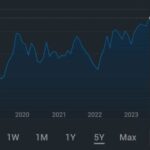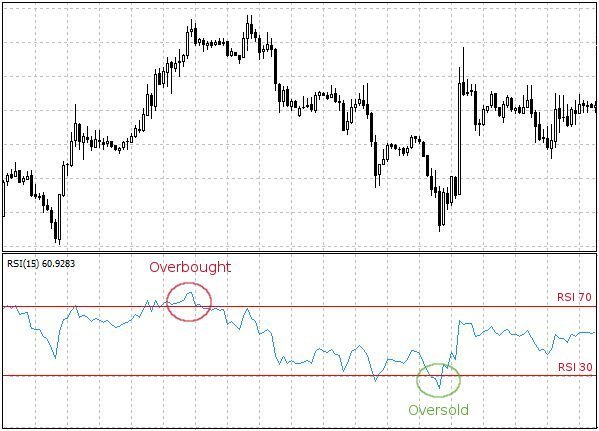Candlestick patterns
Candlestick patterns are graphical representations of price movements in financial markets, typically used in technical analysis to forecast price trends. Candlestick patterns are formed by the price data for a given time period, such as the open, high, low, and close prices for a stock over a one-minute, 5-minute, 15-minute, 30-minute, or daily time period.
There are many different candlestick patterns that can be identified, and each pattern has a specific meaning and forecasting potential. Some of the most common candlestick patterns include:

- The doji: a candlestick with a small or nonexistent body and long upper and lower shadows, indicating indecision or a balance between buyers and sellers.
- The hammer: a candlestick with a small body, a long lower shadow, and a short or nonexistent upper shadow, indicating a potential trend reversal to the upside.
- The hanging man: a candlestick with a small body, a long upper shadow, and a short or nonexistent lower shadow, indicating a potential trend reversal to the downside.
- The bullish engulfing pattern: a two-candlestick pattern in which the first candlestick is a small bearish candlestick and the second candlestick is a large bullish candlestick that completely “engulfs” the first candlestick, indicating a potential trend reversal to the upside.
- The bearish engulfing pattern: a two-candlestick pattern in which the first candlestick is a small bullish candlestick and the second candlestick is a large bearish candlestick that completely “engulfs” the first candlestick, indicating a potential trend reversal to the downside.
- The morning star: a three-candlestick pattern in which the first candlestick is a large bearish candlestick, the second candlestick is a small bullish or bearish candlestick, and the third candlestick is a large bullish candlestick, indicating a potential trend reversal to the upside.
- The evening star: a three-candlestick pattern in which the first candlestick is a large bullish candlestick, the second candlestick is a small bearish or bullish candlestick, and the third candlestick is a large bearish candlestick, indicating a potential trend reversal to the downside.
- The three white soldiers: a three-candlestick pattern in which each candlestick is a large bullish candlestick with a small or nonexistent body and long upper shadow, indicating a strong uptrend.
- The three black crows: a three-candlestick pattern in which each candlestick is a large bearish candlestick with a small or nonexistent body and long lower shadow, indicating a strong downtrend.
- The bullish harami: a two-candlestick pattern in which the first candlestick is a large bearish candlestick and the second candlestick is a small bullish candlestick, indicating a potential trend reversal to the upside.
- The bearish harami: a two-candlestick pattern in which the first candlestick is a large bullish candlestick and the second candlestick is a small bearish candlestick, indicating a potential trend reversal to the downside.
- The bullish abandoned baby: a three-candlestick pattern in which the first candlestick is a large bearish candlestick, the second candlestick is a doji with a gap down from the first candlestick, and the third candlestick is a large bullish candlestick.
- The bearish abandoned baby: a three-candlestick pattern in which the first candlestick is a large bullish candlestick, the second candlestick is a doji with a gap up from the first candlestick, and the third candlestick is a large bearish candlestick, indicating a potential trend reversal to the downside.
- The bullish kicker: a two-candlestick pattern in which the first candlestick is a large bearish candlestick and the second candlestick is a large bullish candlestick with a higher high and a higher low than the first candlestick, indicating a potential trend reversal to the upside.
- The bearish kicker: a two-candlestick pattern in which the first candlestick is a large bullish candlestick and the second candlestick is a large bearish candlestick with a lower high and a lower low than the first candlestick, indicating a potential trend reversal to the downside.
It’s important to note that candlestick patterns should be used in conjunction with other technical analysis tools and should not be relied upon solely for trading decisions. It’s also important to keep in mind that candlestick patterns can be subject to interpretation and may not always indicate a clear trend reversal or breakout.


ALSO READ : Technical analysis of shares
ALSO READ : RSI, Bollinger bands and MACD
ALSO READ : Moving averages in technical analysis
ALSO READ : Fibonacci retracement & Stochastic oscillator










